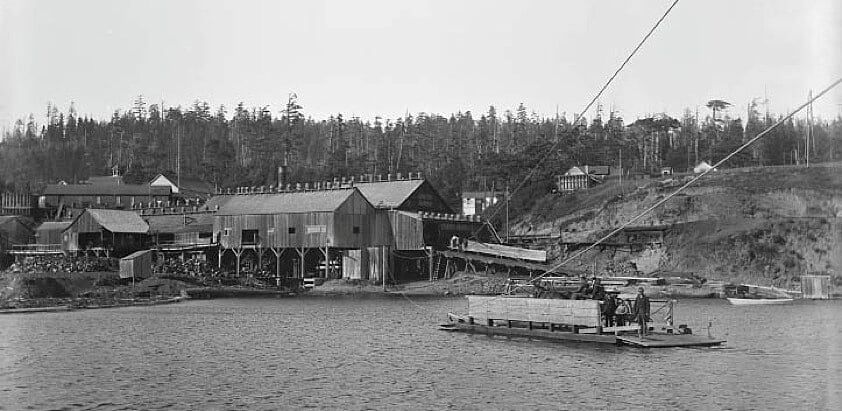
Mill Bend History
Mill Bend, also called China Gulch, is a curve in the Gualala River before it joins the sea. This scenic river has a historic logging past dating back to the 1800s and is next to the northern California community of Gualala. The historical photos we have are from the logging era.
The photo at the top of the page shows the early ferry which was expensive and unpredictable for local residents. It became clear that a bridge was required and it was constructed in 1892.
The native Kashia Pomo (also referred to as Kashaya) have a long presence in this region going back centuries or longer. They are an important part of Mill Bend and Sonoma County’s history. They were adept at caring for the land in its natural state. A Wikipedia reference reveals that their name for themselves, translated, was “Person who belongs to the land”.
Photos are from the collection of Clark Beall. See more historical references to Mill Bend below the photos.
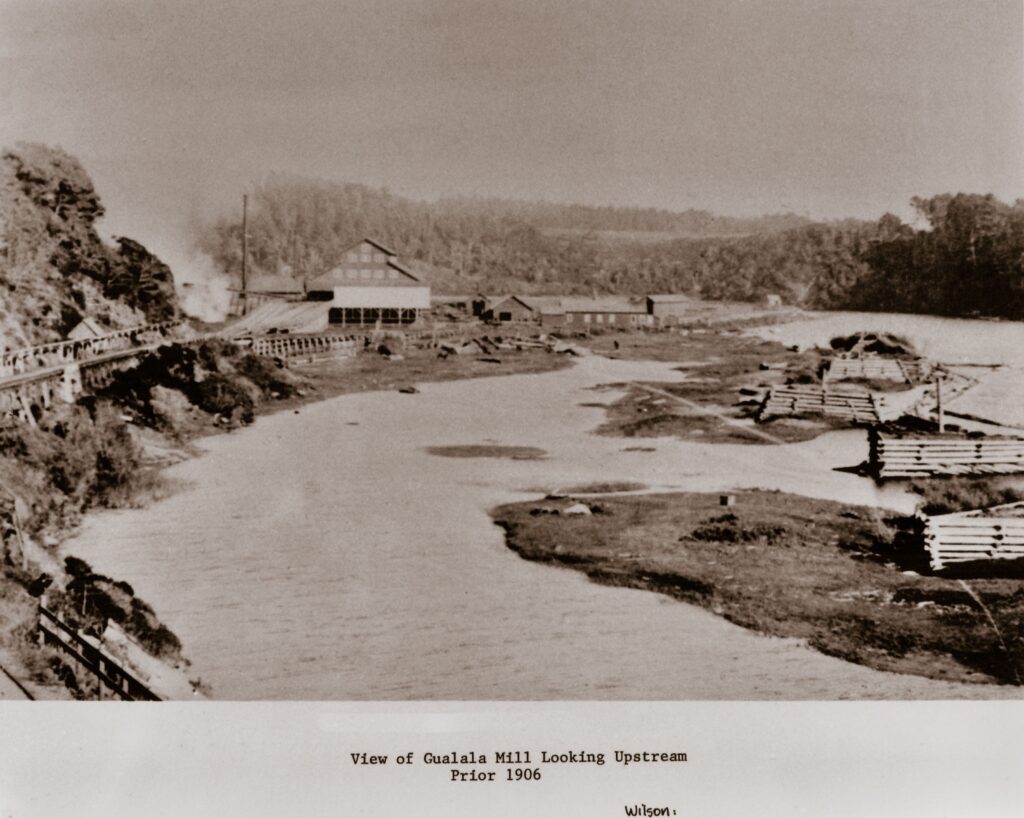
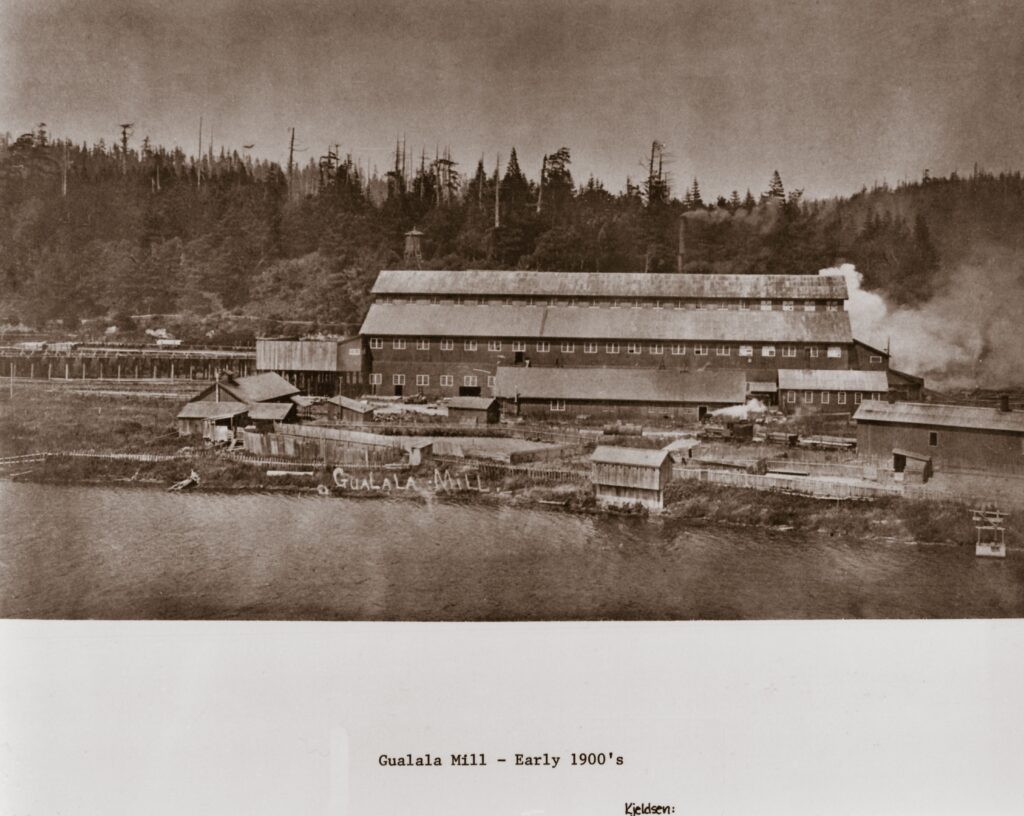
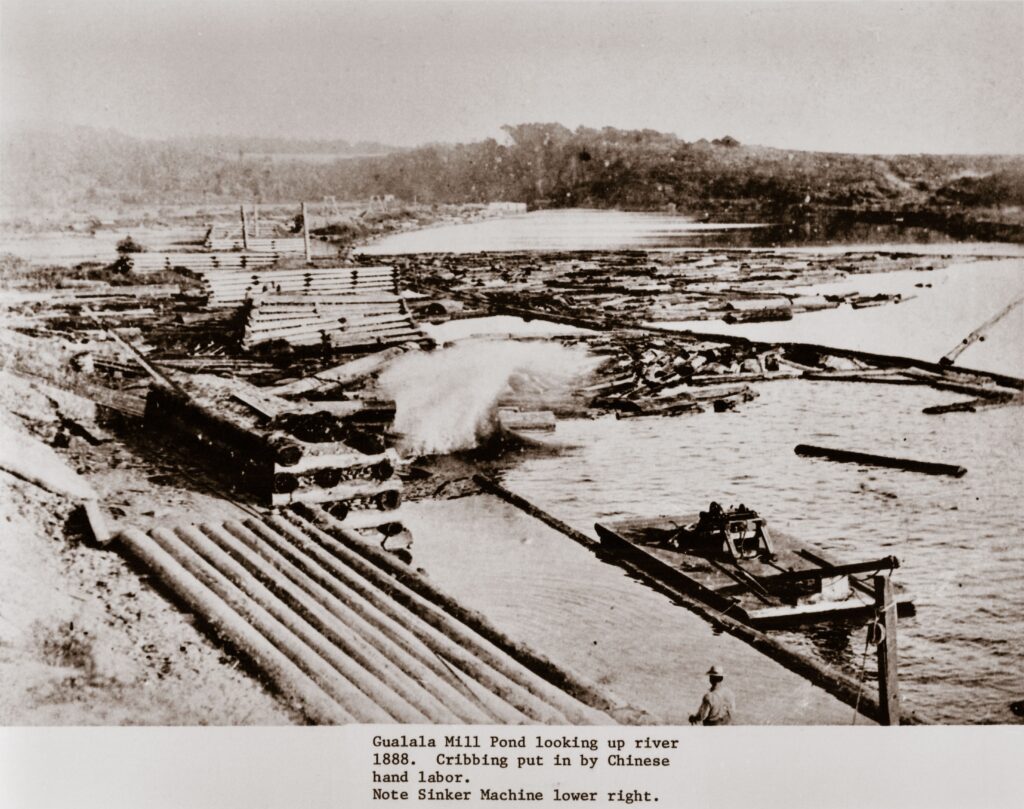
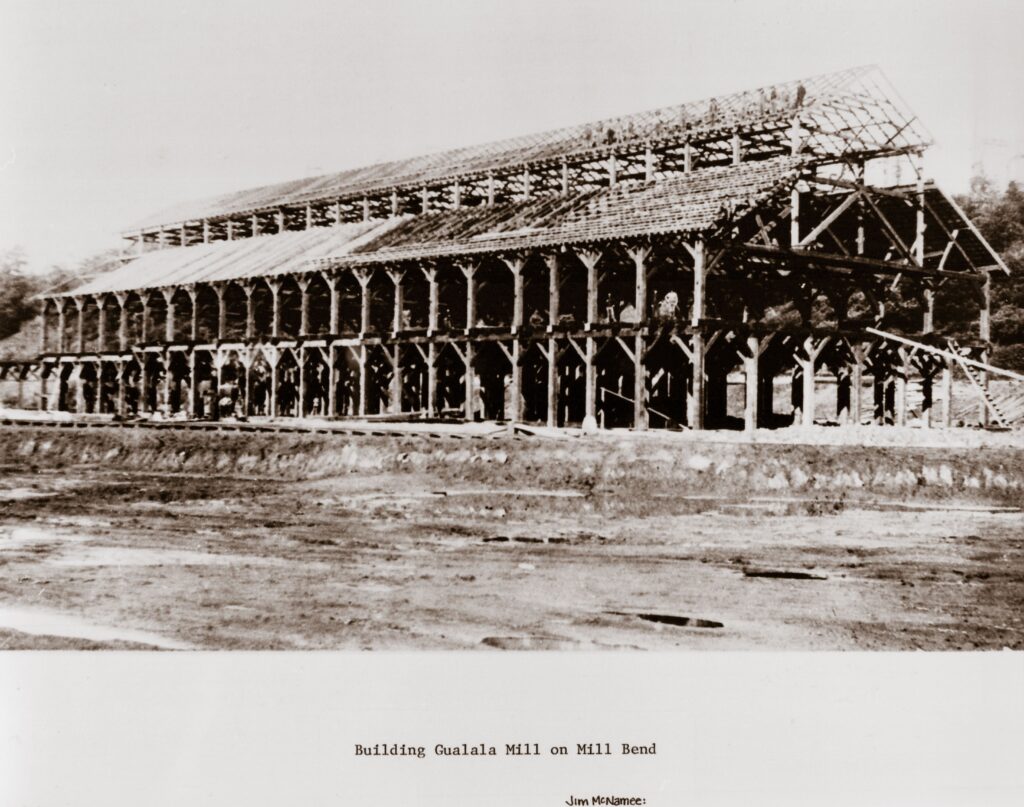
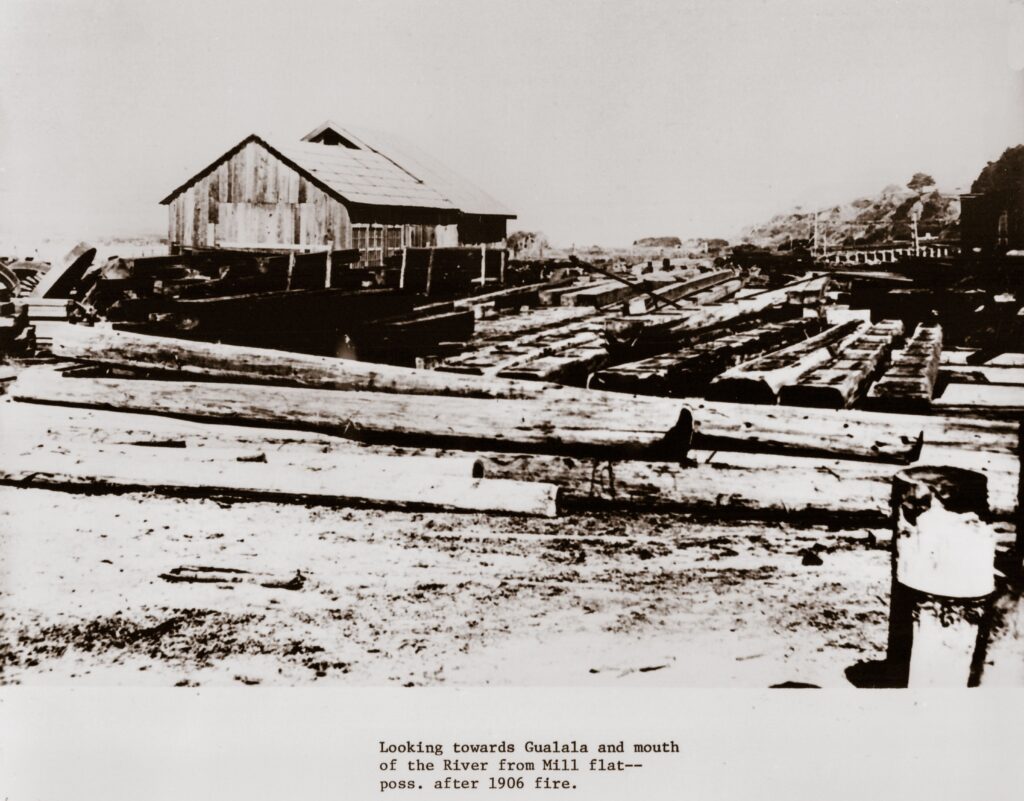
In the right background you can see the railroad trestle. The railroad ran parallel to the current Highway One, then turned east and up the Gualala River.
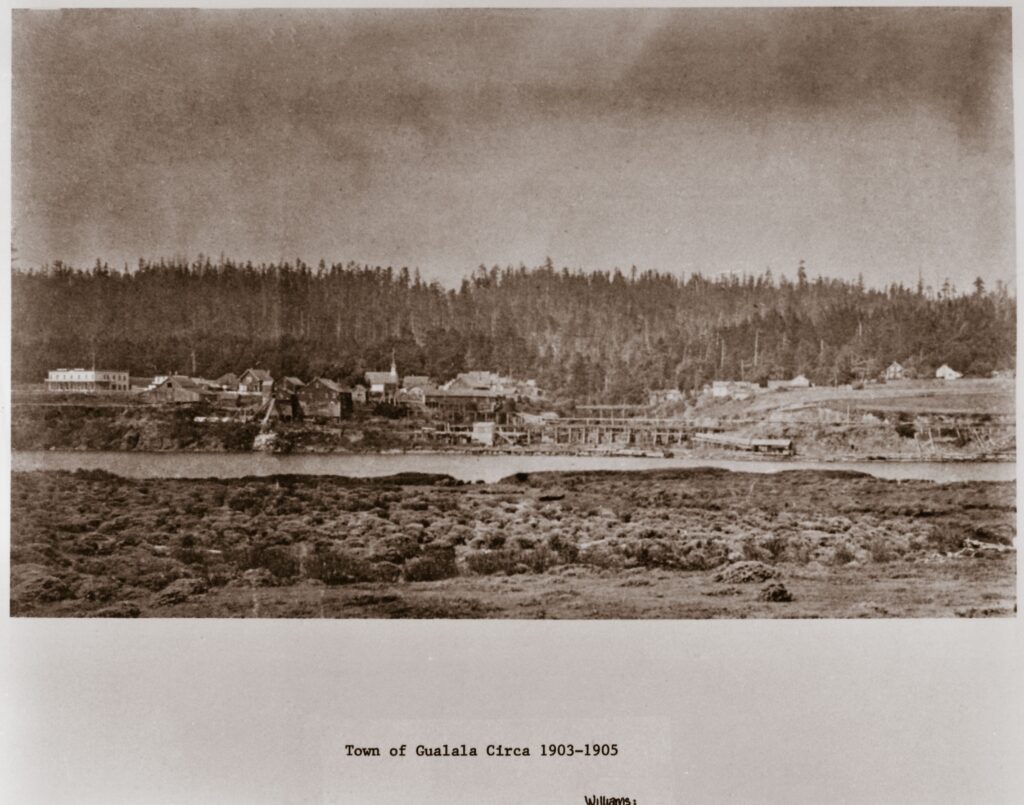
Gualala was a busy mill town. It had a dance school, an opera house and a municipal band.
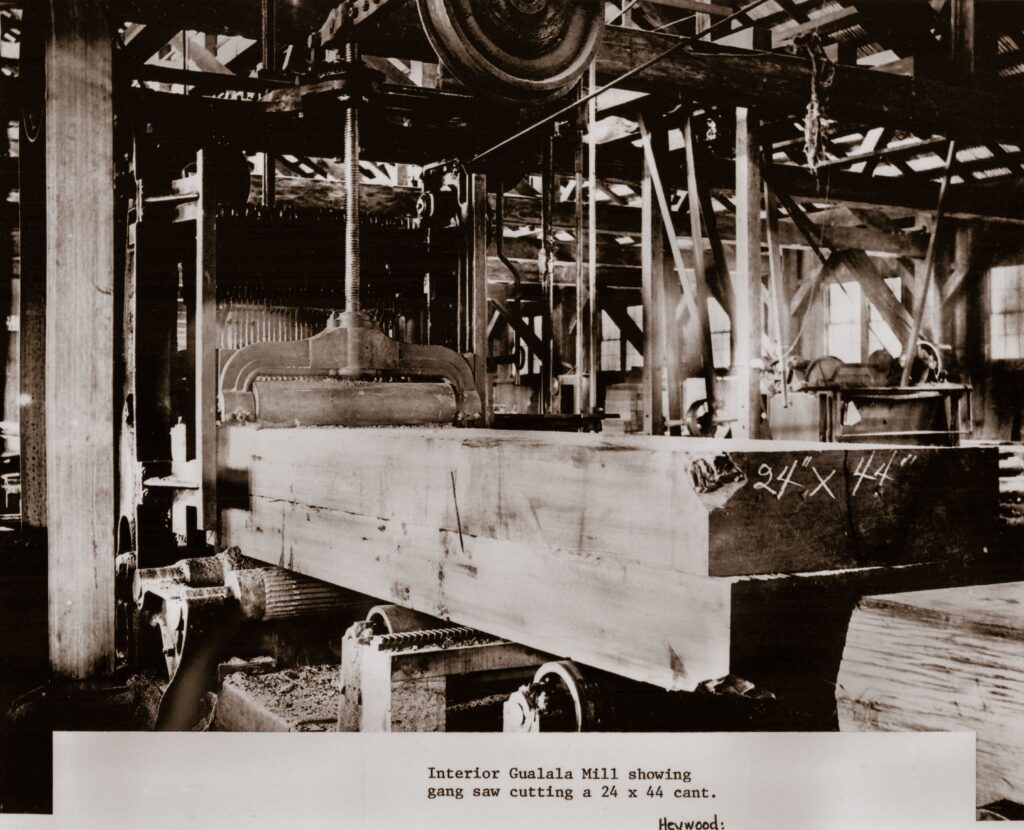
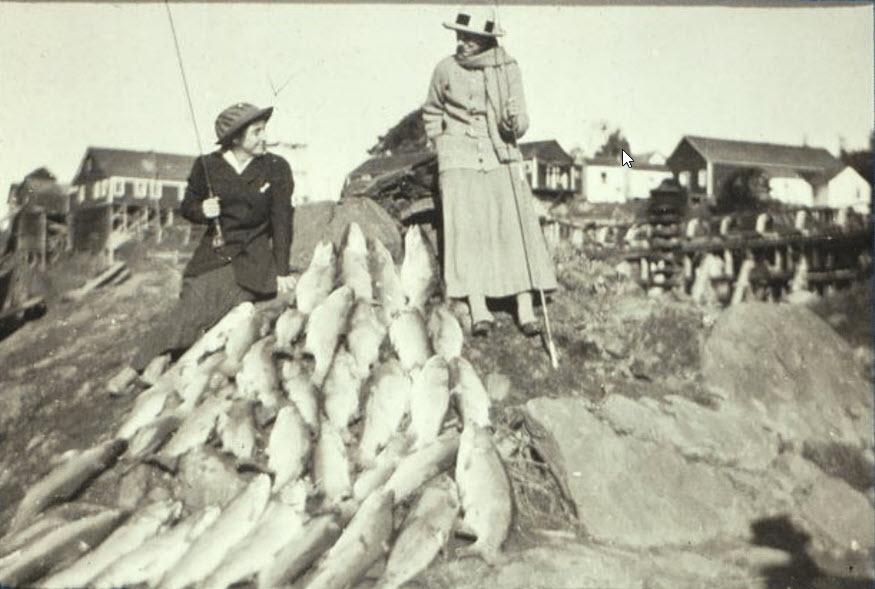
Gualala River, 1915 “Ladies Day” catch of steelhead fish, which were abundant in those years.
There are few written history accounts that feature Mill Bend. One of them is listed here, by Sue Doherty, an anthropologist:
Regional books featuring Gualala or the Gualala River/Mill Bend–available at Four Eyed Frog Bookstore in Gualala
- A History of Gualala, Mendocino County, California, by Annette White Parks
- Annapolis and the Gualala River, by Tammy Durston and Steve Oliff
